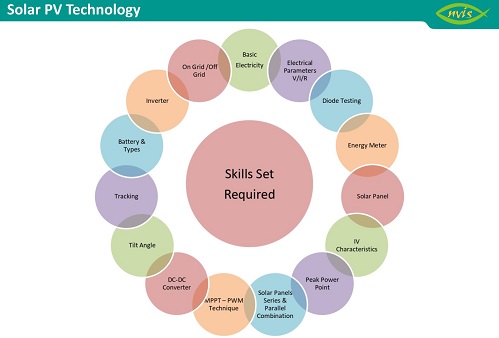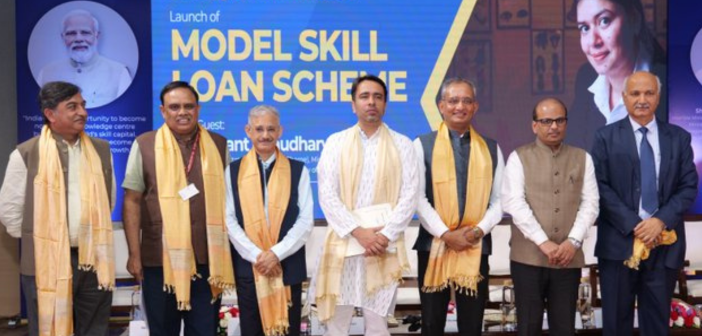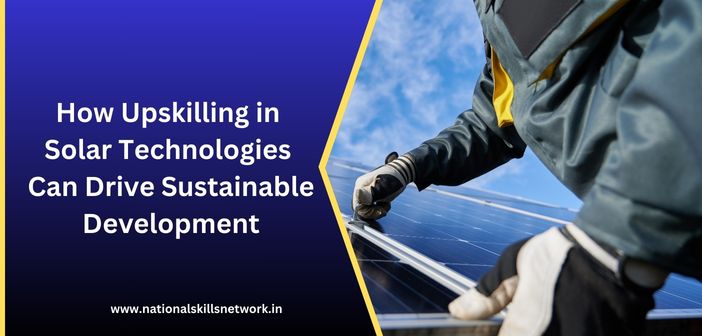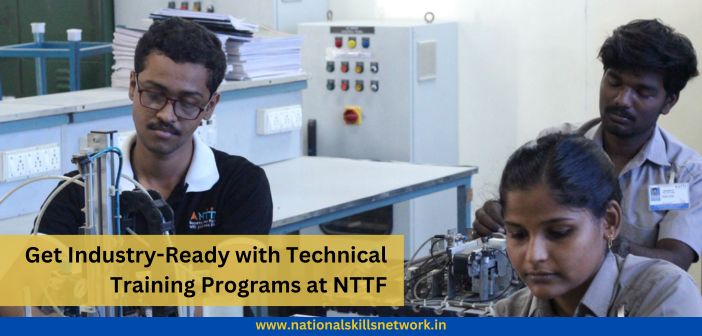Guest Author: Mr. Mahendra Raghuvanshi, Manager, Nvis Technologies
Solar PV technology is rapidly shaping up as the biggest source of clean energy worldwide.
Photo Voltaic or PV technology as is commonly used has many advantages. Some of the important advantages are –
- Easy and fast installation
- Localized generation
- Easy scalability
- Low-cost power
- Low maintenance, wear and tear,
- Negligible carbon emission, thus contributing strongly towards a net zero carbon footprint.
Even in remote places electrical energy can be easily made available using PV technology without laying long expensive transmission lines.
The Government of India is encouraging everyone to go for Solar Power Plants for domestic, industrial and big infrastructure projects like airports, among others. This has created huge job opportunities for Solar Technicians and Engineers.
Getting trained and becoming a Solar Technician is not a big task if one follows a step-by-step hands-on learning program.

The Solar Technician training centre should have a few good instructors who can hand-hold the students and cover A to Z aspects of Solar PV technology as outlined in the road map below –
- Introduce the fundamentals of electricity and electronics.
- Teach basic electrical parameters and their measurement using Digital Multimeter, Clamp-on meter, and Energy meter, and doing diode testing.
- Explain Solar cells, Solar panels, their IV characteristics, maximum power/peak power point series and parallel combination and their need, blocking and bypass diode and their function.
- Next introduce tilt angle, use of digital inclinometer and compass, and seasonal and day tracking of solar panels.
- Explain different batteries, their specifications, the charge controller and its importance, and the inverter.
- Teach how to design different blocks of a solar power plant based on load and use analysis.
- Explain on-grid, and off-grid type solar plants and how to install the same.
- Lastly, teach maintenance and how to get the best output from the Solar plant.
 By practising the above-mentioned skills through proper hands-on experiments on different available platforms, one can become a skilled Solar Technician in a few months.
By practising the above-mentioned skills through proper hands-on experiments on different available platforms, one can become a skilled Solar Technician in a few months.
There are many government institutions who wish to start this promising course as is the need of the time, but sometimes they do not have properly trained instructors to conduct such training.
When you go about preparing for a good well-equipped lab, you can also ask your vendor to provide factory-trained skilled manpower for 6 months to do hand-holding of your instructors to prepare them to conduct the theory and structured hands-on training for students.
At Nvis Technologies we have designed and developed different skilled-based training platforms which address all the skillsets needed for the Solar Technician program and provide the best end-to-end solution for the laboratories to train and develop today’s manpower to well-trained skilled manpower who can contribute to a better way for the Solar Power Generation Mission of India.
It is clear that there is a huge demand for Solar Technicians and Engineers to serve this fast-growing industry which is being supported by several government policies. The skillsets required to work in this technology are not difficult to learn, and one should make a good centre with all facilities including well-trained trainers to provide training.
The need of the hour is to train youth on the skillsets required to work in Solar Technology through a structured learning program and well-established laboratories.













